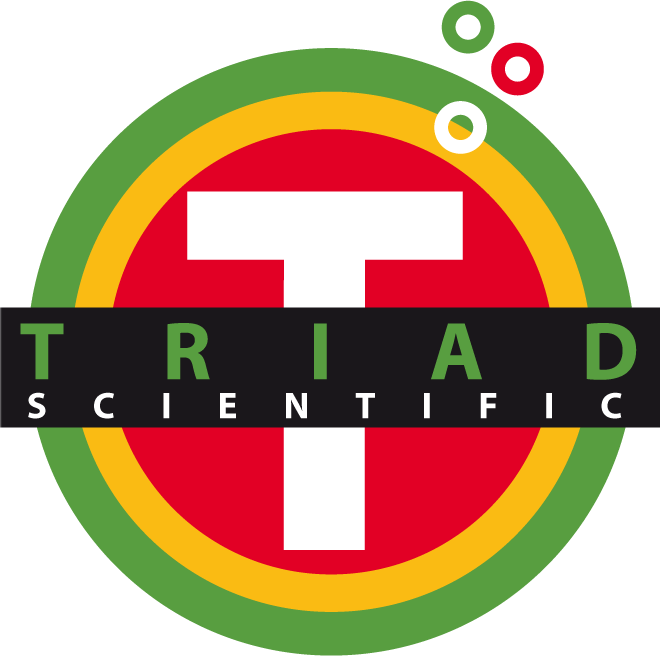Cost-effective microscopes ideal for quality control
Krüss offers two models of Stereo Microscopes.
The MSL4000 series is a cost-effective, standard stereo microscope, giving varying magnification options and uses, through versatile accessory options. It includes a 45 degree angled view and eye distance adjustment, with the revolver having a two magnification capability.
To allow you to work anywhere, independent of an external electricity supply, the basic MSL model is equipped with a battery. The battery life is very user-friendly at about 25 hours.
The MSZ5000 is a professional stereo microscope, providing a robust zoom which is ideal for the examination of electronics, precision engineering/synthetic/plastic products and medical products in inspection, assembly, analysis, soldering, polishing as well as precision/smooth finishing work. Perfect for quality control applications, it has a large zoom range and excellent depth-focus.
For prices and availability information on Stereo Microscopes, please contact your nearest Krüss distributor, who will be delighted to help.
![]() For full technical specifications, please download the microscopes range brochure here.
For full technical specifications, please download the microscopes range brochure here.

Should I choose a mono, bino, or stereo microscope?
One of the basic decisions to be made when considering a new microscope is the configuration â a simple monocular instrument, the more user-friendly binocular configuration, or the 3D viewing afforded by the stereo microscope.
The monocular microscope is the simplest and least expensive arrangement, but still has an important role in the laboratory as well as in education and training. A single objective lens â selectable from three or four in the turret or nosepiece in all but the most basic instruments â and a single eyepiece or ocular lens provides a magnified image of the sample.
Above these entry-level instruments are the binocular microscopes. Here the photons from the image are still collected by a single objective lens, but the image is then split and sent to a pair of eyepieces. The primary advantage with this type of instrument is that the operator works in a more natural posture, using both eyes, and this greatly reduces fatigue. Less tired operators have higher productivity and produce work of better quality, making the binocular microscope the mainstay of many modern laboratories.
For some tasks, though, the 3D view afforded by the stereo microscope is needed. In a stereo microscope (sometimes called a dissecting microscope), twin objective lenses see the sample from slightly different positions, delivering an independent image to each of the operatorâs eyes in order to create a sharp image with true depth perception.





